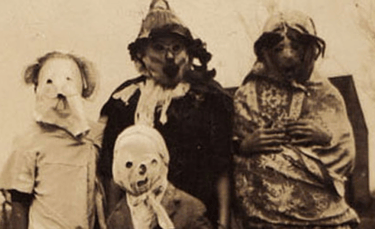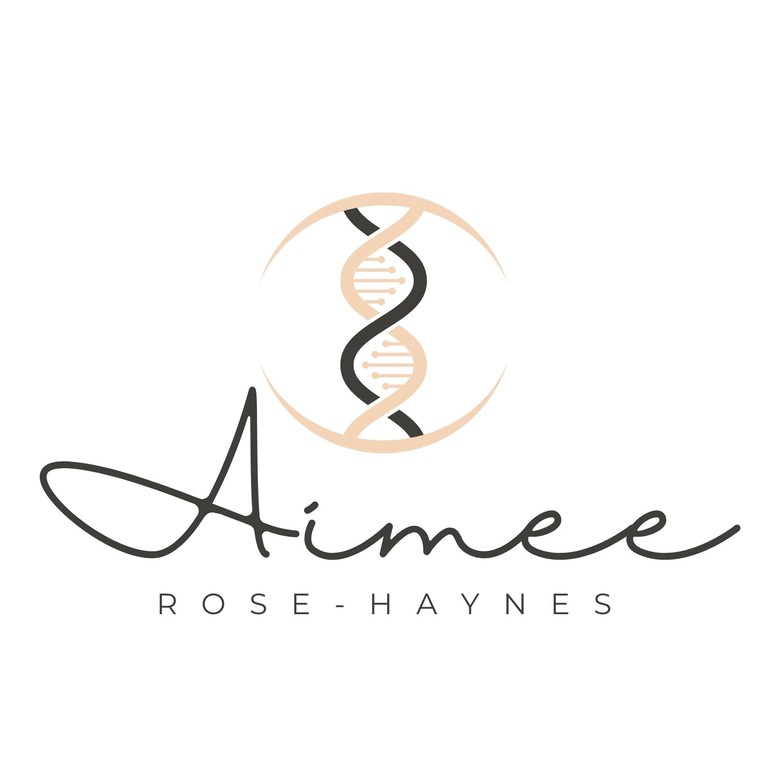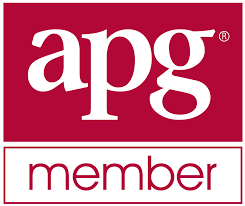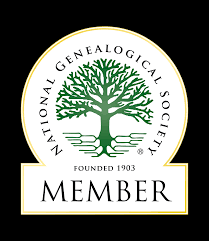The History of Halloween in the United States
When autumn settles in and the air turns crisp, pumpkins glow on porches, children pick out costumes, and neighbors prepare bowls of candy. Today, Halloween is one of the most celebrated holidays in the United States, blending fun, fright, and community. The story of Halloween in America, however, is one of transformation. What began as an ancient festival overseas gradually evolved into a uniquely American holiday shaped by immigration, local customs, and the power of community.
-Aimee Rose-Haynes
10/31/20253 min read


Celtic Roots and All Hallows’ Eve
The origins of Halloween reach back more than 2,000 years to the Celtic festival of Samhain (pronounced sow-in). For the Celts, October 31 marked the end of the harvest season and the beginning of the long winter. They believed that on this night the boundary between the living and the dead became thin, allowing spirits to cross into the world of the living. Bonfires were lit to ward off darkness, costumes were worn to confuse wandering spirits, and rituals honored ancestors who had passed on.
As Christianity spread through Europe, the church sought to blend existing traditions with Christian observances. November 1 was named All Saints’ Day or All Hallows’ Day, a day to honor saints and martyrs. The night before became known as All Hallows’ Eve, which eventually transformed into “Halloween.” This merging of sacred observance with folk traditions ensured that the old Celtic practices never disappeared entirely.
Arrival in America
Halloween traditions traveled to North America with Irish and Scottish immigrants in the 19th century. They brought with them customs such as dressing in costumes, playing pranks, and carving vegetables into lanterns. In their homelands, turnips and potatoes were commonly used to make jack-o’-lanterns, but in America the abundant pumpkin quickly took their place. The pumpkin’s size and bright orange glow made it the perfect canvas for carving faces and placing a candle inside.
At first, Halloween was celebrated mostly in immigrant communities. In rural towns, gatherings included storytelling, fortune-telling games, and mischief carried out under the cover of night. Gradually, the traditions spread and blended with American culture, becoming part of the nation’s seasonal festivities.
From Mischief to Community Celebration
By the late 1800s, Halloween in the United States had developed a reputation for rowdy behavior and pranks. Some communities grew concerned about vandalism and disruptive acts, so civic leaders, churches, and schools began encouraging more wholesome celebrations. Instead of tricks, families were urged to focus on gatherings, costumes, and neighborhood parties. This shift marked the beginning of Halloween as a family-oriented holiday rather than one centered on mischief.
Trick-or-Treating Takes Hold
The tradition of trick-or-treating began to take root in the early 20th century. Children would go door to door, often in costume, asking for treats in exchange for not playing pranks. The practice became widespread in the 1920s and 1930s but paused during World War II when sugar was rationed. After the war, as suburban neighborhoods grew, trick-or-treating flourished. By the 1950s, it had become one of the defining features of Halloween in America, turning the holiday into a celebration centered around children and community sharing.
Halloween in Popular Culture
As the decades passed, Halloween moved beyond neighborhood doorsteps. The holiday found its place in films, television, and music. Scary movies like Halloween and Hocus Pocus gave new life to the holiday, while parades, haunted houses, and theme park events expanded the celebration for adults and families alike. The rise of costume contests and elaborate home decorations transformed Halloween into a season that lasts much longer than a single night.
Halloween Today
In the present day, Halloween has become a multi-billion-dollar industry in the United States. From candy sales to costumes and elaborate yard displays, the holiday is one of the most commercially successful of the year. Yet, beneath the candy and costumes lies the spirit of community and connection. Children still eagerly run from house to house, neighbors greet one another at their doors, and people of all ages come together to celebrate.
A Holiday That Connects Past and Present
Halloween’s journey from ancient Celtic fields to modern American suburbs is a reminder of how traditions evolve while keeping their essence. At its core, Halloween remains a time to acknowledge the mysteries of life and death, to gather as a community, and to pass down stories that connect generations.




